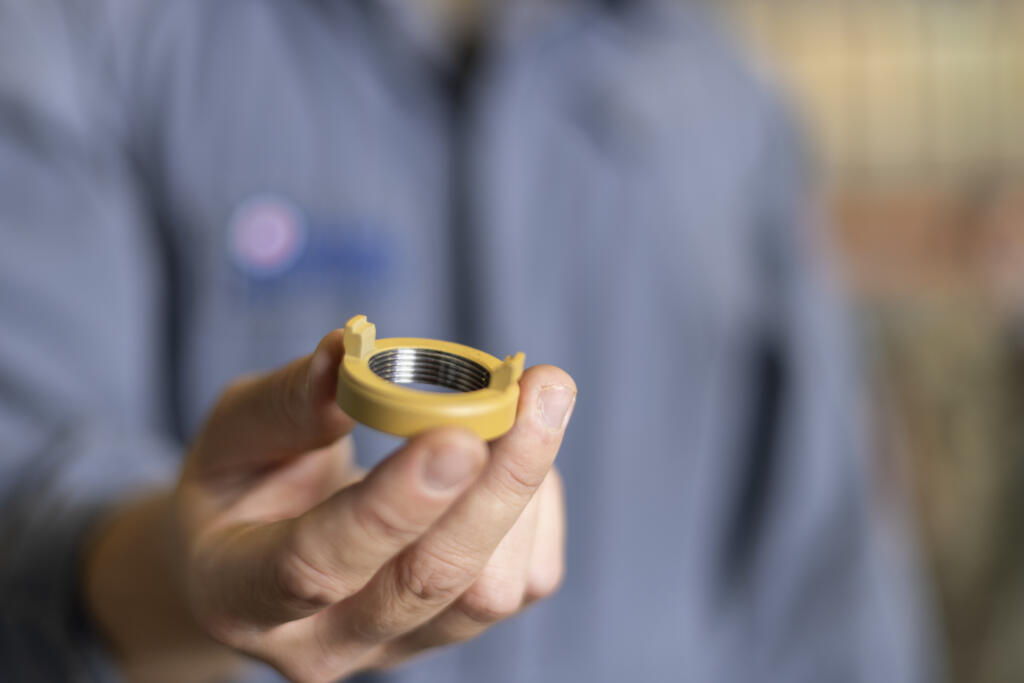The Royal Air Force has fitted its first in-house manufactured 3D printed component to an operational Typhoon fighter jet, marking a revolutionary step towards faster aircraft repairs and reduced downtime.
The milestone was achieved this week at RAF Coningsby, where engineers successfully installed a temporary replacement part for the pylon assembly that connects weapons systems to the aircraft’s wing.
This breakthrough proves how 3D printing technology could transform military aircraft repair and maintenance.
The repair was manufactured at the Hilda B. Hewitt Centre for Innovation, by specialists from No 71 Inspection & Repair Squadron and then installed by 29 Sqn engineers. The centre, which is equipped with world-leading 3D printing and scanning equipment, represents the RAF’s bold move into advanced manufacturing.

Squadron Leader John Mercer, Senior Engineering Officer at No 29 Squadron, explained the game-changing potential:
“This isn’t intended as a permanent fix, but it shows where we’re heading. When aircraft are grounded waiting for spare parts, we can’t afford delays. Being able to print our own temporary components means getting jets back in the air faster.”
The process proved remarkably efficient. Engineers precision-scanned the damaged component and shared the data with both the original manufacturer and 71 Squadron. While the manufacturer developed a permanent replacement, 71 Squadron designed and printed an intermediate solution.

71 (IR) Squadron is part of the RAF Support Force. Its principal roles are to repair damaged structure on UK fixed-wing military aircraft and provide specialist inspection capabilities to RAF aircraft wherever they are deployed. The Squadron also has its own designers, who devise repair solutions in circumstances where conventional fixes may not be effective or available.
Wing Commander Gemma Lonsdale, Officer Commanding Air Wing Engineering at RAF Coningsby, said:
“This technology offers enormous potential to maintain our aircraft faster than ever before. The 71 Squadron team has been exceptional – their expertise and collaboration made this milestone possible.”

The success opens the door to wider applications across the RAF fleet, potentially reducing maintenance costs and improving aircraft availability for operations.
Original Source


